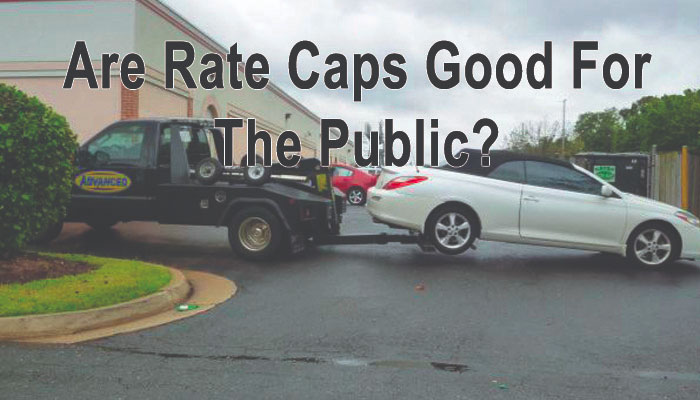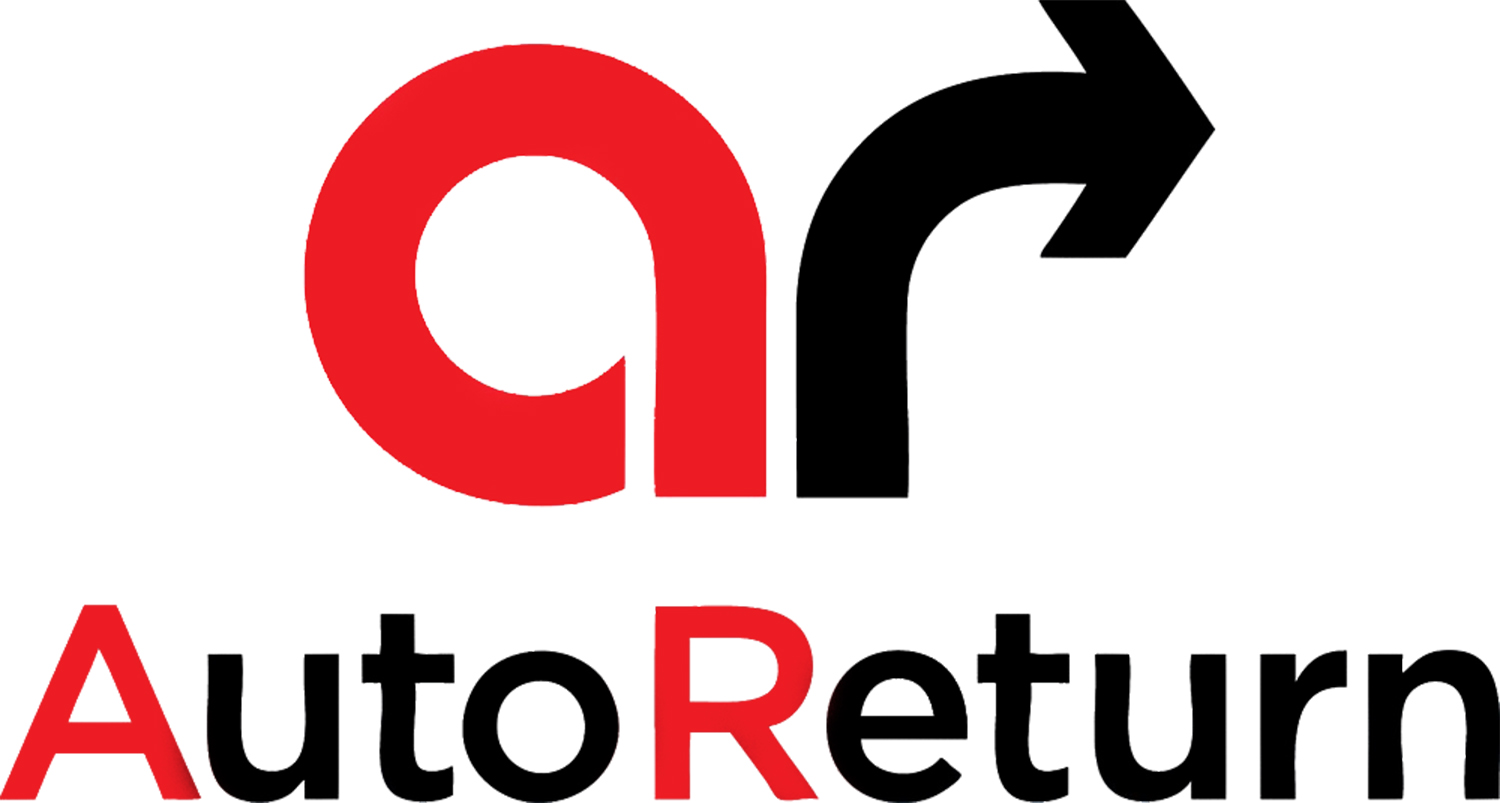One argument for rate caps suggests that, if not reined in, the price for a tow has no limits. So, in many areas, decision-makers have devised varying methods to control costs.
As a measure intended to do away with unscrupulous towers and exorbitant rates, many city governments have decided to enforce a maximum amount per tow, believing that if you take the money out of the towing business, you’ll only get honest, respectable businessmen doing the work.
Of course, you can’t blame people for wanting to pay less.
Who wouldn’t want to have the ability to walk into the grocery store, fill their cart with $300 dollars in groceries, and demand to pay only 40% of the bill? Or even name your own price at the Mercedes dealership?
But we all know there’s a catch.
40% off groceries may mean you’ll be required to rent the cart or pay a toll just to get into the store. And if you’re allowed to name your own price, Mercedes will surely make it up somewhere. These are just gimmicks designed to redirect your attention. Sleight-of-hand while they get your money some other way.
The reality is, controlling costs has been tried before, and it doesn’t work. You need to look no further than healthcare for an example.
Forbes contributor Chris Conover wrote an article back in 2012 that explains exactly how attempting to control healthcare costs has had the opposite effect.
In his article, he says, “…In 1958, per capita health expenditures were $134. This may seem astonishingly small, but it actually includes everything, inclusive of care paid for by government or private health insurers. A worker earning the average wage in 1958 ($1.98) would have had to work 118 hours—nearly 15 days–to cover this expense…”
In 1965 Medicare was established as a measure to control healthcare costs for seniors, and… Conover continues, “…By 2012, per capita health spending had climbed to $8953.00. At the average wage, a typical worker would have to work 467 hours—about 58 days.”
Don’t misunderstand; Conover’s not just talking about inflation. The price of everything has gone up since 1958. He’s using today’s average wages compared with 1958’s average wages to show that the price of healthcare is up by almost 400%, precisely due to measures aimed at controlling costs.
Some suggest that healthcare was an easy mark. And that the government became so deeply involved precisely because of its desire to widen its scope and power while increasing the dependency of the populace upon the government.
Maybe that’s why other city leaders are taking a different tact with towing rates. They’re taking a play out of the federal government’s handbook.
Rather than limiting the amount of money a tower can charge, many cities, like Bridgeport, Connecticut, are bidding out towing services. Instead of looking at towers as a problem that needs fixing, they’re taking advantage of this “common villain” and using them to collect tax dollars, somewhat covertly.
In 2013 Jim Arillo of Jim’s Auto agreed to pay the city of Bridgeport $376 per car to win the city’s towing contract. Separately the city takes in $1.5 million annually from its boot program.
In cities like Bridgeport, high pay-to-play rates have forced towers to raise towing fees. But in other places, the authorities have clamped down tight on the amount a tower is allowed to charge, forcing them to raise rates elsewhere.
If the desired effect of rate caps is to decrease the burden on the public, then I don’t believe they work. Maybe the question we should be asking is, do government controls work?





Leave A Comment